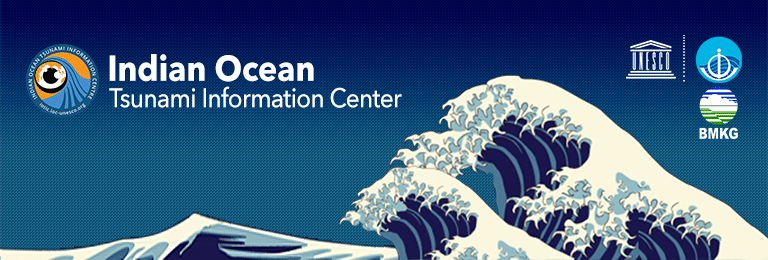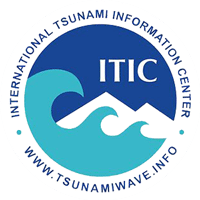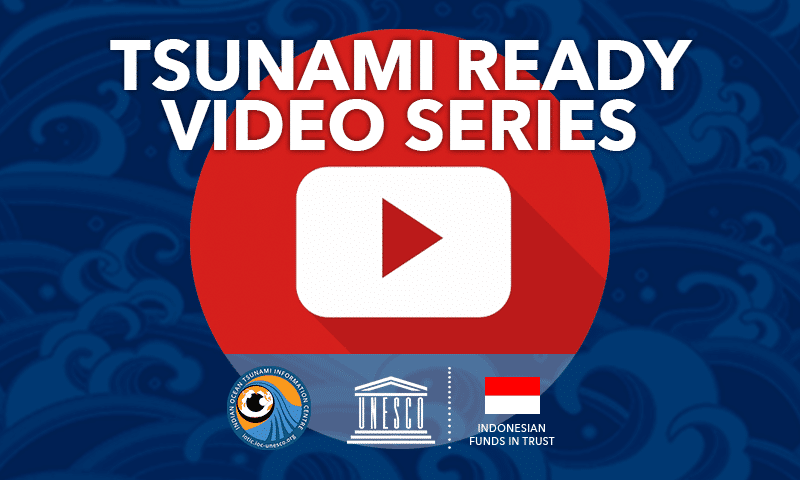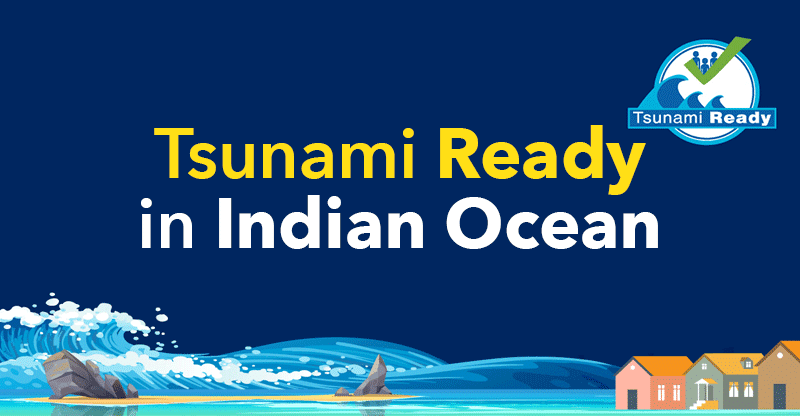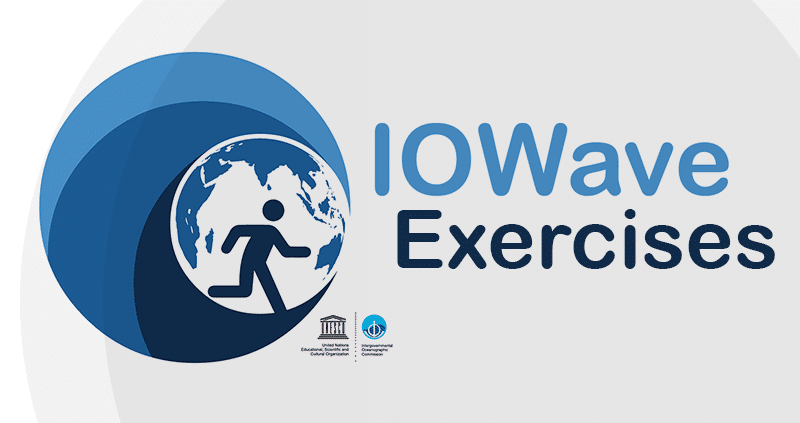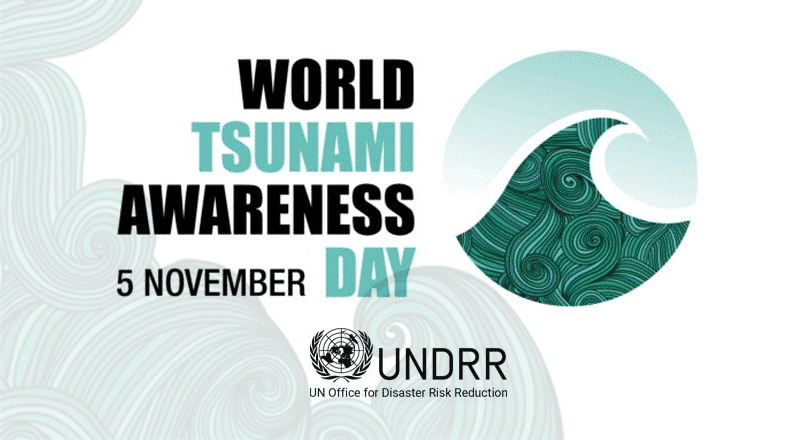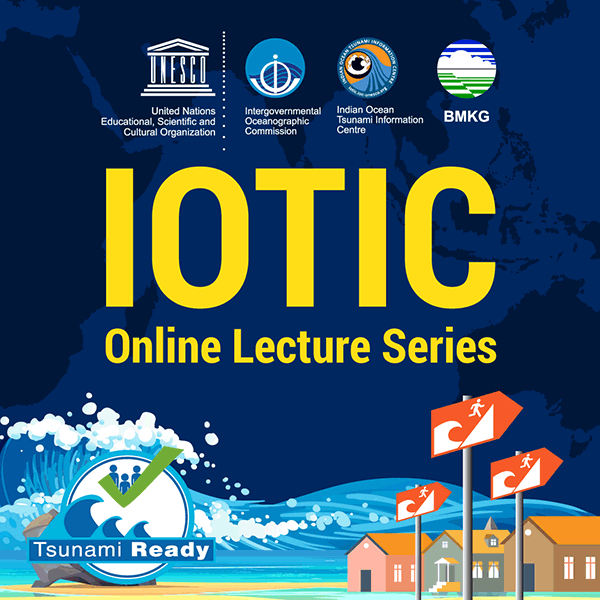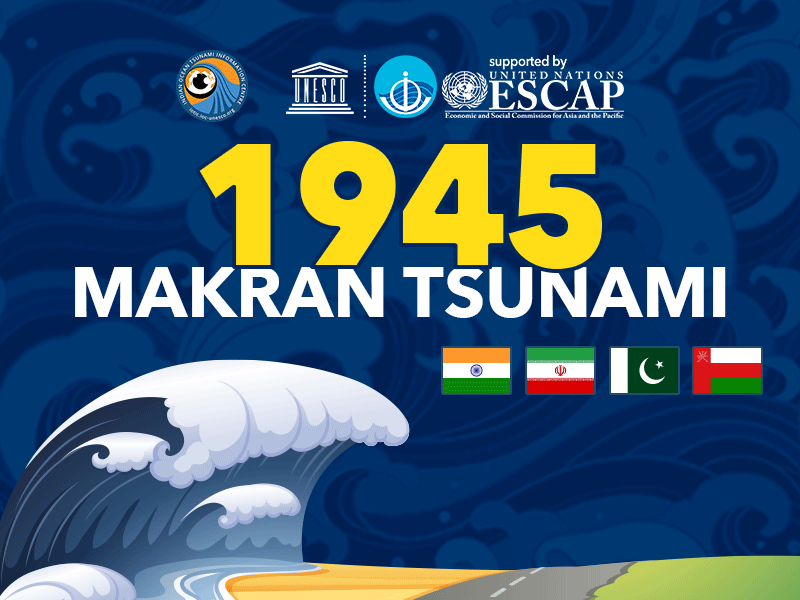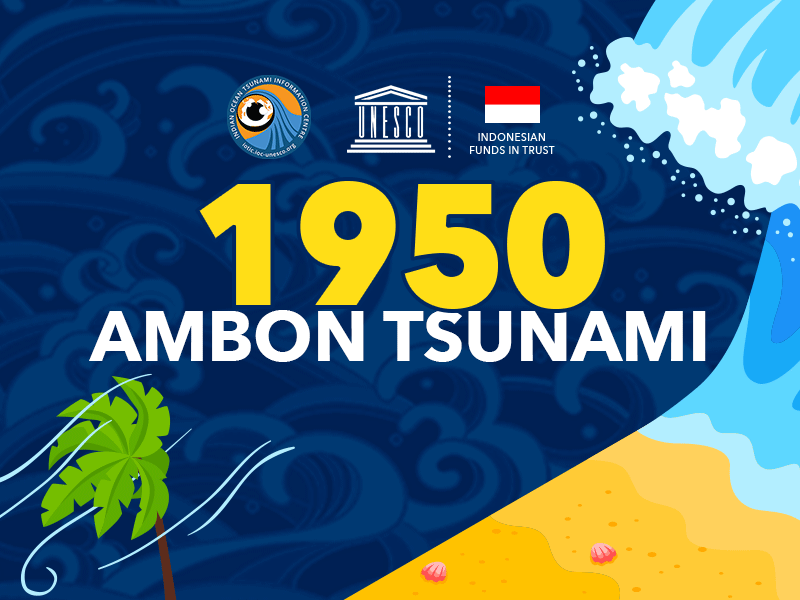What are tsunamis?
The word “tsunami” comprises the Japanese words”tsu” (meaning harbour) and “nami” (meaning wave). A tsunami is a series of enormous waves created by an underwater disturbance usually associated with earthquakes occurring below or near the ocean.
Volcanic eruptions, submarine landslides, and coastal rock falls can also generate a tsunami, as can a large asteroid impacting the ocean. They originate from a vertical movement of the sea floor with the consequent displacement of water mass.
Tsunami waves often look like walls of water and can attack the shoreline and be dangerous for hours, with waves coming every 5 to 60 minutes.
The first wave may not be the largest, and often it is the 2nd, 3rd, 4th or even later waves that are the biggest. After one wave inundates, or floods inland, it recedes seaward often as far as a person can see so the seafloor is exposed. The next wave then rushes ashore within minutes and carries with it many floating debris that were destroyed by previous waves. When waves enter harbors, very strong and dangerous water currents are generated that can easily break ship moorings, and bores that travel far inland can be formed when tsunamis entire rivers or other waterway channels.
What are the causes of tsunamis?
1. Earthquakes
It can be generated by movements along fault zones associated with plate boundaries. The region where two plates come in contact is a plate boundary, and the way in which one plate moves relative to another determines the type of boundary:
- spreading, where two plates move away from each other;
- subduction, where two plates move towards each other and one slides beneath the other;
- transform where two plates slide horizontally past each other.
Most strong earthquakes occur in subduction zones where an ocean plate slides under a continental plate or another younger ocean plate.
All earthquakes do not cause tsunamis. There are four conditions necessary for an earthquake to cause a tsunami:
- The earthquake must occur beneath the ocean or cause the material to slide into the ocean.
- The earthquake must be strong, at least magnitude6.5 on the Richter Scale
- The earthquake must rupture the Earth’s surface and it must occur at shallow depth – less than 70km below the surface of the Earth.
- The earthquake must cause vertical movement of the seafloor (up to several meters).
(source: http://weready.org/tsunami/index.php?option=com_content&view=article&id=8&Itemid=2 from – CDEMA[Carribean Disaster Emergency Management Agency])
2.  Landslides
Landslides
(source: http://weready.org/tsunami/index.php?option=com_content&view=article&id=8&Itemid=2 from – CDEMA[Carribean Disaster Emergency Management Agency])
3. Volcanic Eruption
Although relatively infrequent, violent volcanic eruptions represent also impulsive disturbances, which can displace a great volume of water and generate extremely destructive tsunami waves in the immediate source area. According to this mechanism, waves may be generated by the sudden displacement of water caused by a volcanic explosion, by a volcanos slope failure, or more likely by a phreatomagmatic explosion and collapse/engulfment of the volcanic magmatic chambers.
One of the largest and most destructive tsunamis ever recorded was generated in August 26, 1883 after the explosion and collapse of the volcano of Krakatoa (Krakatau), in Indonesia. This explosion generated waves that reached 135 feet, destroyed coastal towns and villages along the Sunda Strait in both the islands of Java and Sumatra, killing 36, 417 people.
 DIAGRAM SOURCE: GEOSCIENCE AUSTRALIA
DIAGRAM SOURCE: GEOSCIENCE AUSTRALIA
4. Extraterrestrial Collision
Tsunamis caused by extraterrestrial collision (i.e. asteroids, meteors) are an extremely rare occurrence. Although no meteor/asteroid induced tsunami has been recorded in recent history, scientists realize that if these celestial bodies should strike the ocean, a large volume of water would undoubtedly be displaced to cause a tsunami. Scientists have calculated that if a moderately large asteroid, 5-6 km in diameter, should strike the middle of the large ocean basin such as the Atlantic Ocean, it would produce a tsunami that would travel all the way to the Appalachian Mountains in the upper two-thirds of the United States.
On both sides of the Atlantic, coastal cities would be washed out by such a tsunami. An asteroid 5-6 kilometers in diameter impacting between the Hawaiian Islands and the West Coast of North America, would produce a tsunami that would wash out the coastal cities on the West coasts of Canada, the U.S., and Mexico and would cover most of the inhabited coastal areas of the Hawaiian islands.
